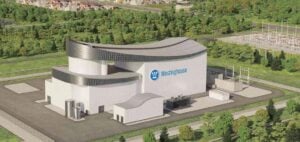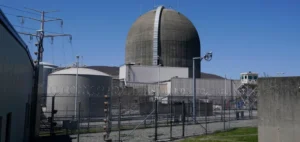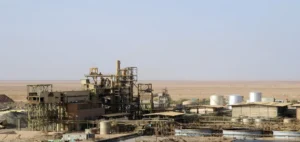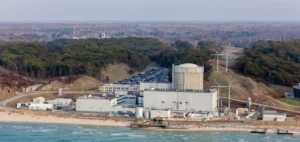GE Vernova, through its subsidiary GE Hitachi Nuclear Energy (GEH), has announced a strategic partnership with Canada-based Worley Chemetics, a company specializing in industrial manufacturing, to design and manufacture the isolation condenser system for the BWRX-300 modular reactor. This 300 MW SMR (Small Modular Reactor) is set to become the first SMR connected to the power grid in North America, marking a crucial step in the energy transition.
The isolation condenser system is a central element of the BWRX-300’s passive safety, allowing it to manage residual heat in case of external power failure, thereby ensuring autonomous reactor cooling. “We are excited to work with Worley Chemetics to design a solution that will ensure safety, quality, and performance,” stated Sean Sexstone, Executive Vice President of GEH. Manufacturing will take place at Worley Chemetics’ plant in Pickering, Ontario, a recently expanded site specialized in high-performance alloys that recently achieved ASME certification for the nuclear sector.
Strengthening Ontario’s Nuclear Supply Chain
Worley Chemetics thus becomes a member of the BWRX-300 qualified supplier group, an initiative by GE Vernova to secure and optimize the supply of components for this advanced modular reactor. The group aims to support reliable and cost-effective manufacturing while encouraging innovation in the production process. By joining, Worley Chemetics joins BWXT Canada Ltd., and new members are expected to be added in the coming months.
For Ontario, this collaboration brings significant economic benefits, consolidating the region’s role as a nuclear hub in Canada. According to Andrew Barr, President of Worley Chemetics, this partnership reinforces a “60-year tradition in sustainable process technologies” and aligns with the company’s strategic vision to expand nuclear applications in response to energy transition challenges.
Building a Reactor at Darlington Starting in 2025
The first installation of the BWRX-300 is planned for the Darlington nuclear site, operated by Ontario Power Generation (OPG), a public company known for its successfully managed nuclear refurbishment projects. OPG has signed a contract with GEH, AtkinsRéalis, and Aecon Construction Group for the construction of the first BWRX-300 reactor. Site preparation has already been completed, and construction is expected to begin in 2025, with commercial operation scheduled for late 2029.
The Darlington project includes the installation of four 300 MW units, potentially paving the way for this technology to expand to other regions. The project partners aim to leverage OPG’s experience and proven expertise, combined with GEH’s reactor know-how, to provide a more affordable and reliable nuclear infrastructure.
A Key Innovation for the Energy Transition
The BWRX-300 reactor represents a significant advancement in the nuclear energy sector, combining proven components and design simplifications to reduce construction and operating costs. Based on an NRC (Nuclear Regulatory Commission)-certified design, the BWRX-300 is seen as an essential tool in decarbonization efforts, responding to a growing demand for low-carbon energy. GE Vernova, through this project, continues its ambition to lead in the energy transition, offering advanced nuclear solutions that combine safety and cost-effectiveness.





















